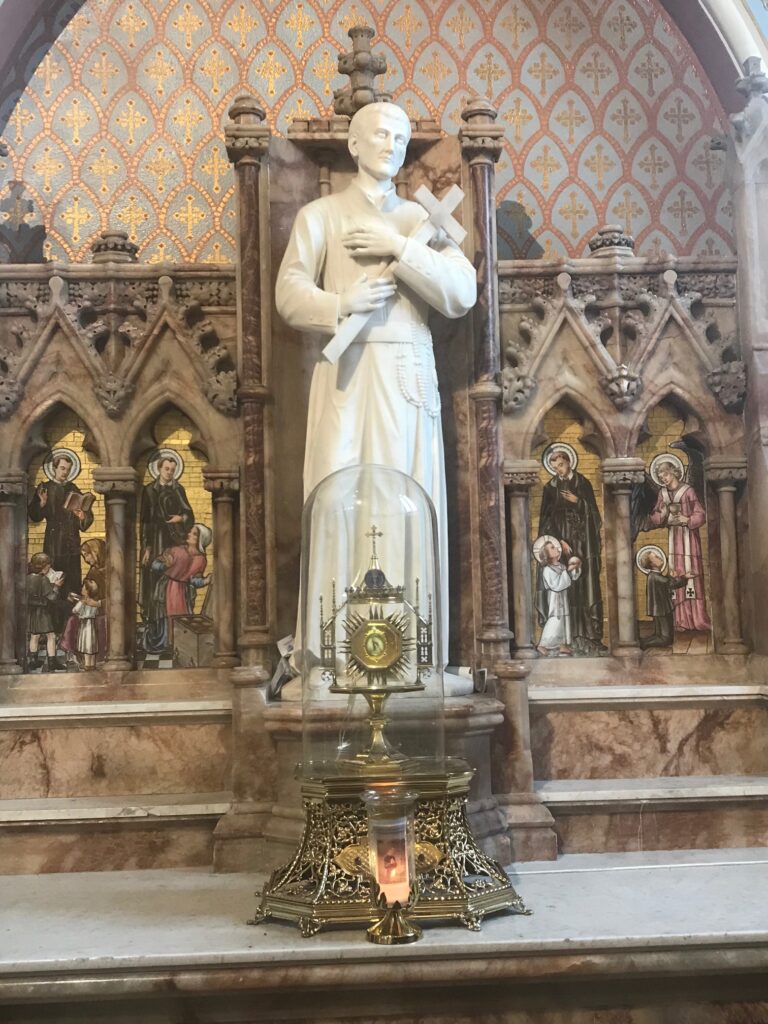Saint Gerard’s amazing legacy

To hear of someone dying before their thirtieth birthday can only be described as tragic. That person would not have had time to really live; to travel; to marry; to watch their children grow; and enjoy life. What could possibly be achieved in 30 short years?
Wind back the clock 300 years and for many, life was short; Gerard Majella was a case in point. St Gerard is a wonderful example of someone who achieved much during his life: 29 years, six months and 10 days to be exact.
St Gerard Majella would be well-known to Catholics and specifically to readers of The Majellan (the magazine is named after him). The patron of mothers and babies, Gerard was born in Muro, Italy on April 6, 1726, to a poor family. His parents, Dominic and Benedetta also had three daughters.
Gerard’s education was limited, cut short by the death of his father. His father had been a tailor, so his mother believed the trade was a good fit for the young Gerard. At age 14, however, the call to enter a religious order was strong and he tried unsuccessfully to become a Capuchin monk. Gerard’s desire to live a religious life would be fulfilled a few years later when he joined the Redemptorists, an order that was founded when Gerard was aged six.
His time as a Redemptorist brother was not without controversy. He was falsely accused of sexual abuse by Nerea Caggiano, the daughter of a friend and was ordered from the community of Deliceto to two other Redemptorist houses, Pagani and Materdomini. Pagani was the residence of the founder of the Redemptorists, Alphonsus Liguori.
During this difficult time his movements were restricted, but Gerard remained silent, refusing to criticise Nerea. Gerard said the hardest part of his punishment was not being allowed communion each day. Overcome by guilt, Nerea eventually admitted to her lie and Gerard was exonerated.
Gerard would remain in Materdomini until his death. He had contracted tuberculosis but in his final months, there were no complaints, no regrets, which was indicative of the life he had led. Gerard wanted to be with God.
A comment he made to his doctor was revealing. “I would love to die so that I can go and be united to God but I would be sad to die as I have not suffered enough.” Though he was feverish and coughing up blood, Gerard believed he hadn’t suffered enough!
In the room prepared for him in his final months, Gerard had written in large letters on the door: “Here the will of God is done, as God wills it to be done and for as long as God wills it to be done.”
Gerard died on October 16, 1755. His headstone read:
For the greater glory of God
Gerard Majella
a lay brother of the congregation of the Most Holy Redeemer
whose simplicity of manner, brightness of innocence,
contempt for all earthly things, the constant and implacable
chastisement of the body, outstanding obedience,
fragrant love of God,
were so attested by wonders and gifts of grace
that he seemed like a man of heaven or an angel on the earth.
Born in Muro, 6 April 1726 died on 16 October 1755.
St Gerard’s feast day is celebrated on October 16.
Feature image: A statue of St Gerard Majella at Clonard Monastery in Belfast.
We encourage you to share and use this material on your own website. However, when using materials from Majellan Media’s website, please include the following in your citation: Sourced from www.majellan.media
